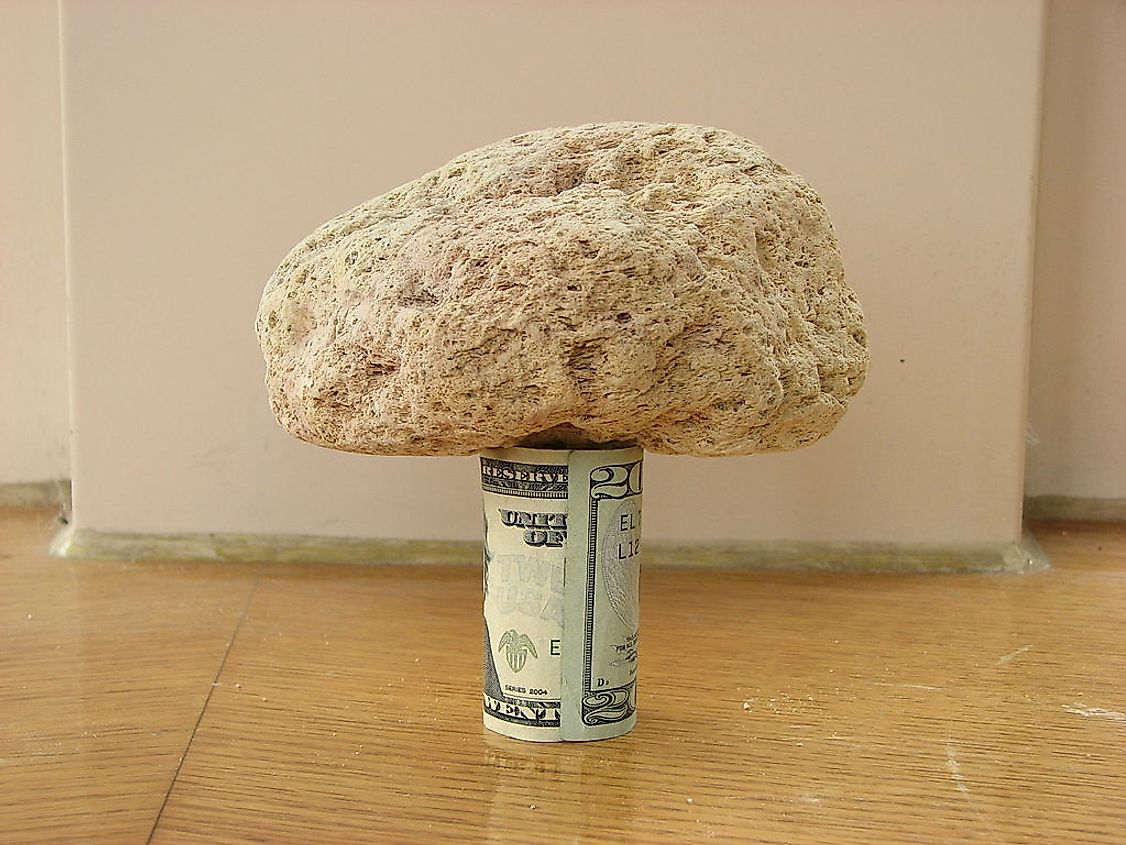Leading Exporters Of Pumice And Other Natural Abrasive Stones

Pumice is a volcanic rock characterized by tiny holes that give it its abrasive surface. There are other types of abrasive stones that, along with pumice, are important for producing concrete and cinder blocks. These abrasive stones are used for many other applications as well which include: pencil erasers, facial exfoliants, heavy-duty hand cleaners, stone-washed jeans, water filtration, and chemical spill containment. It is an important product that is mined all over the world with deposits found on every continent. Increasing demand for building supplies has made the market for pumice grow steadily over the last decade or so. The top exporters of pumice and other abrasive stones are discussed below.
Leading Exporters of Pumice
India
The top exporter of pumice is India where $93,508,000 worth of the stone is exported annually. That value represents 31% of global pumice exports. The US is the biggest customer, importing 18% of its supply, followed by the United Arab Emirates buying 15%. Since pumice is located just below the surface of topsoil and therefore relatively easy to access and extract, it has one of the lowest environmental impacts of any mineral mining endeavor.
Australia
The second biggest exporter of pumice and abrasive stones is Australia. This country exports an annual value of $62,119,000 which is 21% of global exports. Some of the other abrasive stones that come out of Australia are garnet and corundum (which are also common gemstones). The US is Australia’s biggest importer and buys 32% of its pumice.
US
Given that the US is the top customer of the top two pumice exporting countries, it’s not surprising that it also makes the list at number 3. This country exports a $22,461,000 value of pumice and abrasive stone every year. This big number only represents 5.5% of the world’s exports, however. Oregon, Arizona, and California have some of the most productive mining sites in the nation. Its top customers are Canada and Mexico where 18% and 15% (respectively) of exports go.
Turkey
Next on the list is Turkey with $17,329,000 worth of annual pumice exports. This country is responsible for providing 5.25% of the world’s abrasive stone supply. China imports 18% of its exports, followed by the Netherlands at 10%.
Japan
Number 5 on the list is Japan. This country exports $15,852,000 in pumice and abrasive rock yearly which makes up 5.2% of the world supply. For such a small nation, the amount it produces is quite impressive. By far, its biggest importer is China where 44% of the supply goes. This figure is followed by the 30% that South Korea buys.
Other top producing countries include: China ($14,052,000), Greece ($6,891,000), Germany ($6,072,000), Netherlands ($4,999,000), and Canada ($3,738,000).
Market for Pumice
The use of pumice for infrastructure and building purposes dates back to ancient Roman times. Roman engineers knew that adding this substance to hydrated lime would result in a material that could withstand harsh weather. Today, humans continue to rely on its strength for building purposes. As nations continue to develop, the need for pumice will always be there. Although the world market for pumice and other abrasive stones is not expected to grow rapidly, it is expected to remain steady for the next few years.
Leading Exporters Of Pumice And Other Natural Abrasive Stones
| Rank | Country | 2015 Abrasive Stone Exports (USD) |
|---|---|---|
| 1 | India | $93,508,000 |
| 2 | Australia | $62,119,000 |
| 3 | United States | $22,461,000 |
| 4 | Turkey | $17,329,000 |
| 5 | Japan | $15,852,000 |
| 6 | China | $14,052,000 |
| 7 | Greece | $6,891,000 |
| 8 | Germany | $6,072,000 |
| 9 | Netherlands | $4,999,000 |
| 10 | Canada | $3,738,000 |











